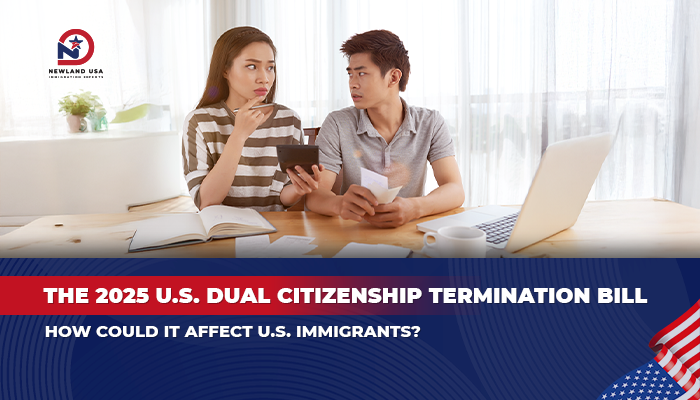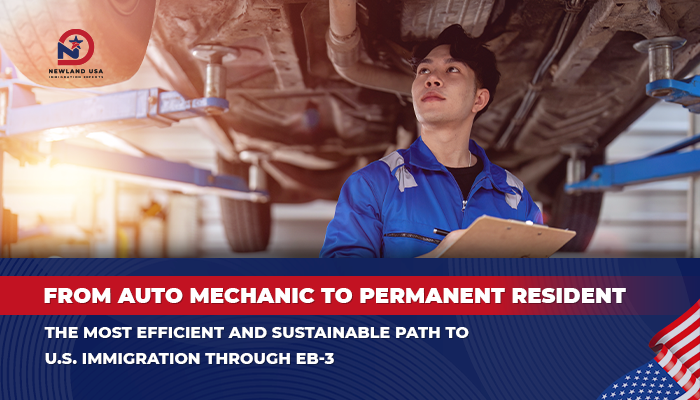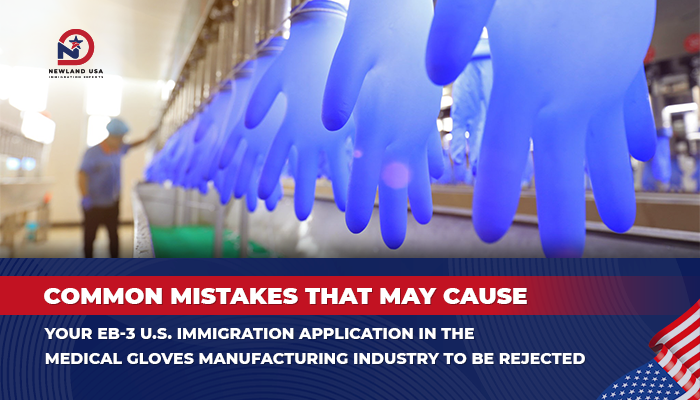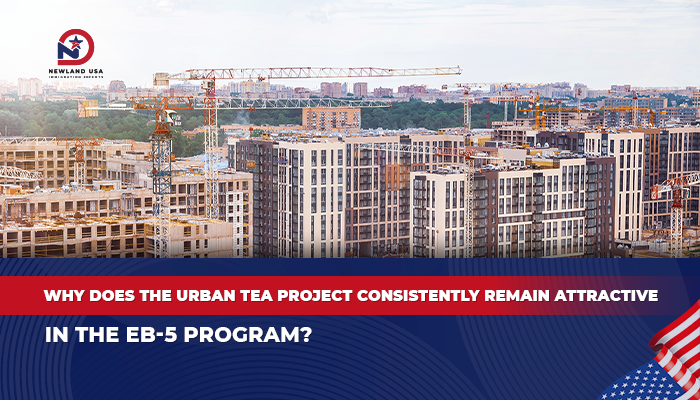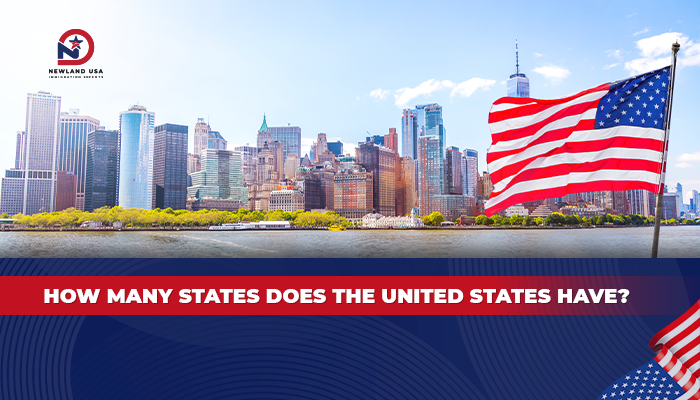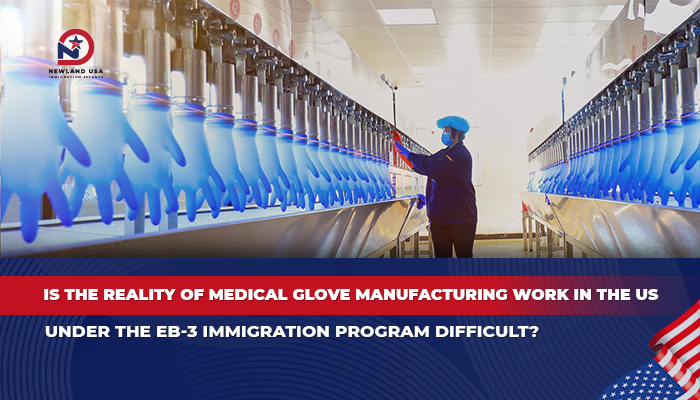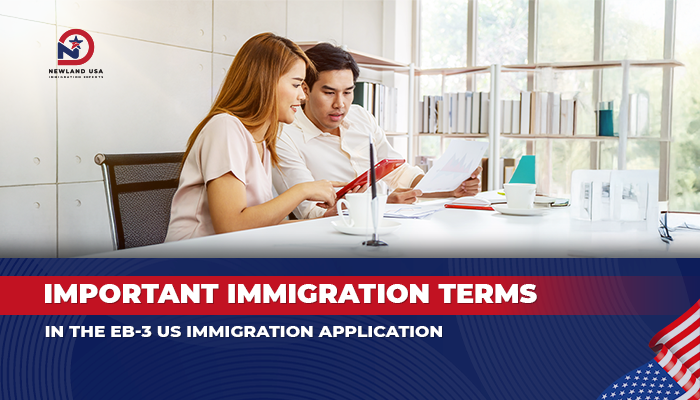How Does the Set-Aside EB-5 Visa Positively Impact Green Card Processing Time?
As the EB-5 program attracts growing interest from international investors seeking to settle in the U.S., EB-5 visa backlogs have long been a major barrier, forcing many applicants to wait for decades. However, since the EB-5 Reform and Integrity Act of 2022 (RIA) took effect, the set-aside visa system has opened up golden opportunities that significantly reduce processing times. This article provides a detailed analysis of how set-aside EB-5 visas positively impact investors’ path to receiving U.S. green cards.
1. Background on the EB-5 Set-Aside Visa System
Before 2022, the EB-5 program faced severe bottlenecks due to the country-based visa allocation mechanism. Each country could only receive a maximum of 7% of total annual EB-5 visas, regardless of the actual demand from investors in that country. This resulted in markets with high volumes of EB-5 investment applications, such as China, India, and Vietnam, facing extended waiting periods.
Specifically, as of 2022, investors from China had to wait over a decade to receive their green cards, even though their applications had been approved by U.S. Citizenship and Immigration Services (USCIS). This situation not only affected the investors’ own settlement plans but also negatively impacted their dependent family members’ rights, especially children at risk of aging out (exceeding age 21).
Recognizing this urgent issue, the U.S. Congress passed the EB-5 Reform and Integrity Act of 2022, which established the set-aside EB-5 visa system to address the backlog and create more favorable conditions for investors from high-demand countries.
2. Visa Allocation Mechanism in the Traditional EB-5 Program
To understand the value of the set-aside system, it’s important to grasp the visa allocation mechanism in the traditional EB-5 program. Annually, the U.S. Department of State (DOS) determines the total number of EB-5 visas allocated to this program—one of five employment-based immigrant visa categories. This number can fluctuate depending on unused visas from other programs in the previous fiscal year.
Under ideal conditions without country limits, the total annual EB-5 visas would typically be sufficient to meet global demand from investors and their family members. However, the 7% per-country rule created a severe imbalance.
When the number of pending EB-5 investment applications from a country exceeded the allowable quota, that country would fall into backlog status. At this point, the priority date system was applied. DOS would announce a cutoff date determining when investors could proceed to the next step in the visa application process after their I-526E petition was approved.
Example: According to the September 2022 Visa Bulletin, the priority date for Chinese investors was December 22, 2015. This meant that only applications filed before this date could be processed, while applications filed later still had to wait.
Priority dates advanced extremely slowly—sometimes only a few months after many years—and even moved backward in some cases. This instability caused many potential investors to hesitate about joining the EB-5 program.
3. EB-5 Set-Aside Visa: A Breakthrough Solution to the Backlog Problem
The EB-5 Reform and Integrity Act of 2022 created a major turning point by reserving 32% of total annual EB-5 visas for investors who choose specific types of projects. This is considered a breakthrough solution to address the prolonged delays in the EB-5 program.
Investors who file Form I-526E from March 15, 2022, onward and make EB-5 investments in eligible projects will be considered for set-aside EB-5 visas. The special feature of this system is that country-based quota limits do not apply.
In other words, investors participating in the set-aside system will not be affected by priority dates and will receive visas as soon as their applications meet requirements—even if their country is experiencing severe backlogs. This is a superior competitive advantage compared to the traditional EB-5 visa system.
However, it’s important to note that for investors from low-demand countries (without backlogs), the set-aside system does not provide significant differences in processing time compared to the regular EB-5 program.
4. Three Types of Projects Eligible for Set-Aside Visas
To benefit from set-aside EB-5 visas, investors need to make EB-5 investments in one of three specifically defined project types:
4.1. Rural Area Projects (Rural TEA)
This project type accounts for 20% of annual EB-5 visas in the set-aside category—the highest percentage compared to the other two types. A project is classified as Rural TEA when it meets these criteria: not located in a Metropolitan Statistical Area (MSA), not near a city with over 20,000 residents, and in an area with a population under 20,000 people.
The outstanding advantage when investors choose rural projects is not only the most abundant supply of EB-5 visas but also priority processing for I-526E petitions. This helps significantly reduce waiting times.
However, since rural areas typically have limited economic activity, investors need to thoroughly evaluate the financial feasibility of projects. Projects in manufacturing or tourism sectors in rural areas may be more vulnerable to economic fluctuations.
In contrast, residential real estate projects in rural areas typically offer greater stability due to flexible construction timeline adjustments and revenue generation from property sales during pre-construction phases.
4.2. High Unemployment Area Projects
This project type receives 10% of annual EB-5 visas. A project is classified as a high unemployment TEA when the project area has an unemployment rate of at least 150% of the national average.
Typically, these projects are located in urban areas and play a role in promoting local economic development. Therefore, they are generally considered safer choices in terms of both financial and immigration processes for investors.
4.3. Infrastructure Projects
This project type accounts for 2% of annual EB-5 visas. As it’s relatively new and has a low quota, most investors currently tend to choose the first two project types.
5. Process for Applying for EB-5 Set-Aside Visas
After deciding to make an EB-5 investment in an eligible project, investors begin the process of filing Form I-526E with USCIS. The application must clearly demonstrate that both the project and the investor meet the EB-5 program requirements.
For investors living outside the U.S., the next step is filing Form DS-260 and going through consular processing to apply for a visa. Meanwhile, investors currently in the U.S. under non-immigrant status can file Form I-485 to adjust their residency status.
The initially issued EB-5 visa is conditional and only valid for 2 years. After this period, investors must file Form I-829 to remove the conditional residency status and officially become permanent residents in the U.S.
6. Real Impact of Set-Aside Visas on Green Card Processing Time
The set-aside EB-5 visa system has created a fundamental change in how investors from high-demand countries access the path to U.S. residency. Instead of waiting over a decade as before, investors can now receive EB-5 visas within just a few years—or even faster—depending on USCIS processing speed.
For families with children approaching age 21, this shortened processing time holds great significance. It helps protect the rights of dependent family members, preventing them from being removed from applications due to aging out.
Moreover, receiving EB-5 visas earlier also allows investors and their families to quickly access important rights in the U.S., such as work authorization, legal residency rights, and opportunities to access high-quality education systems.
7. Conclusion
The set-aside EB-5 visa system has proven to be an effective solution to address the prolonged backlog problem in the EB-5 program. By allocating 32% of annual visas to specific projects and eliminating country limits, this policy has opened up golden opportunities for investors from high-demand markets.
Newland USA, with an experienced team of experts and the motto “Secure Settlement—Lifelong Prosperity,” is ready to advise and support clients regarding information related to the EB-5 investment program. Contact Newland USA immediately via hotline 0785591988 or email: newsletter@newlandusa.asia for detailed and free consultation.
Learn more:




